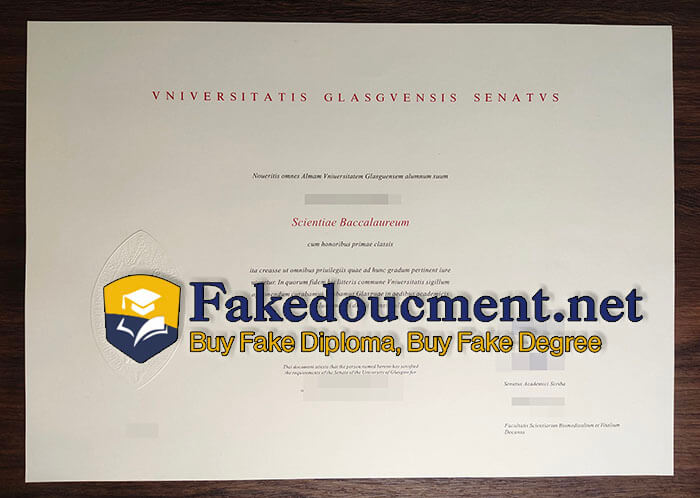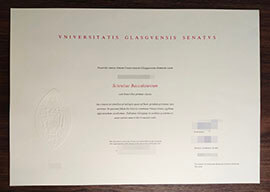
Where to order fake University of Glasgow degree certificate online? I would like to buy a realistic University of Glasgow diploma certificate online, The best way to buy a realistic University of Glasgow degree certificate online? The University of Glasgow is a prestigious public research university located in Glasgow, Scotland. It was founded in 1451 and is one of the oldest universities in the English-speaking world.
The university is known for its high-quality teaching and research across a wide range of disciplines, including the arts, humanities, social sciences, and sciences. It is a member of the prestigious Russell Group of research-intensive universities in the UK. The University of Glasgow has a vibrant campus community with students from over 140 countries, and offers a wide range of undergraduate and postgraduate programs.
The University of Glasgow was founded in 1451 by a charter or papal bull from Pope Nicholas V, at the suggestion of King James II, giving Bishop William Turnbull, a graduate of the University of St Andrews, permission to add a university to the city’s Cathedral.
It is the second-oldest university in Scotland after St Andrews and the fourth-oldest in the English-speaking world. The universities of St Andrews, Glasgow, and Aberdeen were ecclesiastical foundations, while Edinburgh was a civic foundation. As one of the ancient universities of the United Kingdom, Glasgow is one of only eight institutions to award undergraduate master’s degrees in certain disciplines.
The university has been without its original Bull since the mid-sixteenth century. In 1560, during the political unrest accompanying the Scottish Reformation, the then chancellor, Archbishop James Beaton, a supporter of the Marian cause, fled to France. He took with him, for safe-keeping, many of the archives and valuables of the cathedral and the university, including the Mace and the Bull. Although the Mace was sent back in 1590, the archives were not.
Principal James Fall told the Parliamentary Commissioners of Visitation on 28 August 1690, that he had seen the Bull at the Scots College in Paris, together with the many charters granted to the university by the monarchs of Scotland from James II to Mary, Queen of Scots.
The university enquired of these documents in 1738 but was informed by Thomas Innes and the superiors of the Scots College that the original records of the foundation of the university were not to be found. If they had not been lost by this time, they certainly went astray during the French Revolution when the Scots College was under threat. Its records and valuables were moved for safe-keeping out of the city of Paris. The Bull remains the authority by which the university awards degrees.
Teaching at the university began in the Chapter House of Glasgow Cathedral, subsequently moving to nearby Rottenrow, in a building known as the “Auld Pedagogy”. The university was given 13 acres (5.3 ha) of land belonging to the Black Friars (Dominicans) on High Street by Mary, Queen of Scots, in 1563.
By the late 17th century its building centred on two courtyards surrounded by walled gardens, with a clock tower, which was one of the notable features of Glasgow’s skyline—reaching 140 feet (43 m) in height—and a chapel adapted from the church of the former Dominican (Blackfriars) friary.
Remnants of this Scottish Renaissance building, mainly parts of the main façade, were transferred to the Gilmorehill campus and renamed as the “Pearce Lodge”, after Sir William Pearce, the shipbuilding magnate who funded its preservation. The Lion and Unicorn Staircase was also transferred from the old college site and is now attached to the Main Building.






